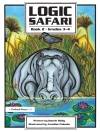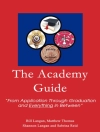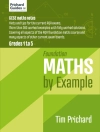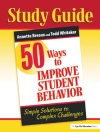‘The understandings which children have of Indigenous identity provide means by which to explore the ways in which Indigenous identity is both projected and constructed in society. These understandings play a powerful part in the ways in which Indigenous peoples are positioned in the mainstream society with which they are connected. The research presented in this edited collection uses children’s drawings to illuminate and explore the images children, both mainstream and Indigenous, have of Indigenous peoples. The data generated by this process allows exploration of the ways in which Indigenous identity is understood globally, through a series of locally focussed studies connected by theme and approach. The data serves to illuminate both the space made available by mainstream groups, and aspects of modernity accommodated within the Indigenous sense of self. Our aim within this project has been to analyse and discuss the ways in which children construct identity, both their own and thatof others. Children were asked to share their thoughts through drawings which were then used as the basis for conversation with the researchers. In this way the interaction between mainstream modernity and traditional Indigenous identity is made available for discussion and the connection between children’s lived experiences of identity and the wider global discussion is both immediately enacted and located within broader international understandings of Indigenous cultures and their place in the world.’
สารบัญ
Introduction: From Personal Connection to International Collaboration; Theorizing the Cultural Borderlands: Imag(in)ing “Them” and “Us”; ‘A Picture Tells More than a Thousand Words’: Drawings Used as Research Method; Walking in Two Worlds: Yolnugu Children and Mainstream Australia; Being and Seeing Chakma: Constructing Self and Other through Images; Komi People through the Eyes of Children: Paintings or Photographs?; Sámi Children’s Images of Identity: A Matter of Relations; The Past Is in the Present: Images of New Zealand Māori Identity; I Do Not belong Here: The Experience of Migrant Children in China; Imagined Baduy Children: Working with Parents and Little Time to Play; Ainu: “Homogenous” Japan’s Indigenous People; What Do Canadian Aboriginal Children in the Northwest Territories Understand about Themselves through Their Drawings?; Images of Dreams and Hopes: Hmong and Yao Primary Students in Northern Thailand; Notes on Contributors.












